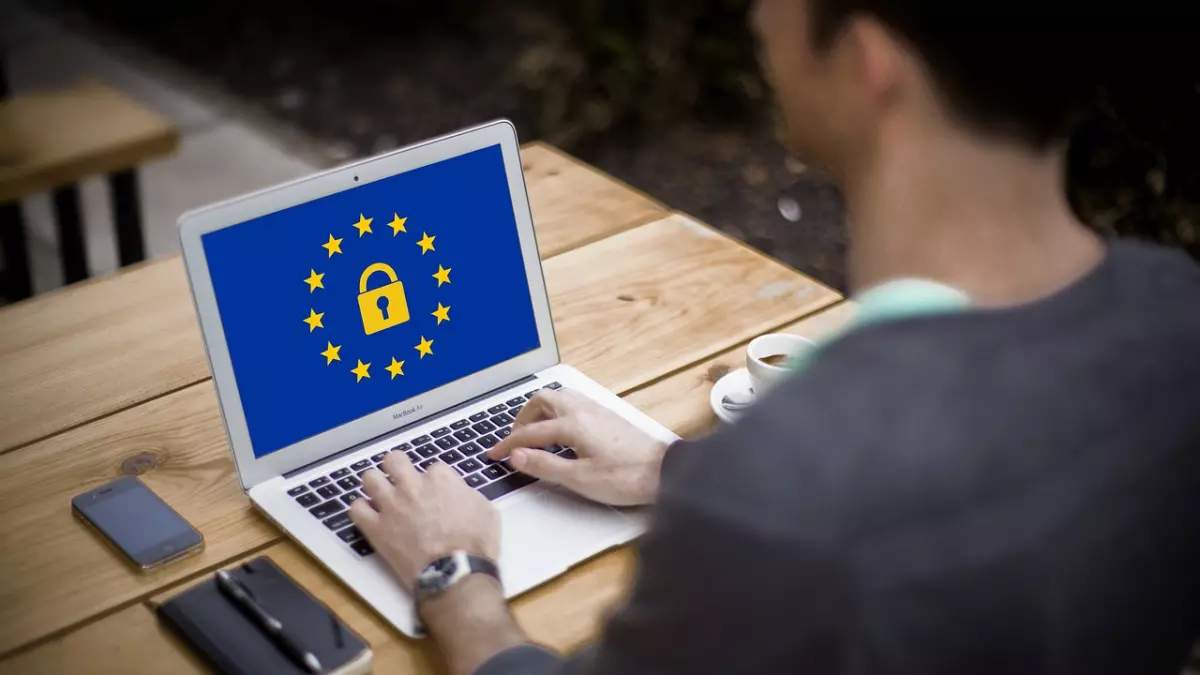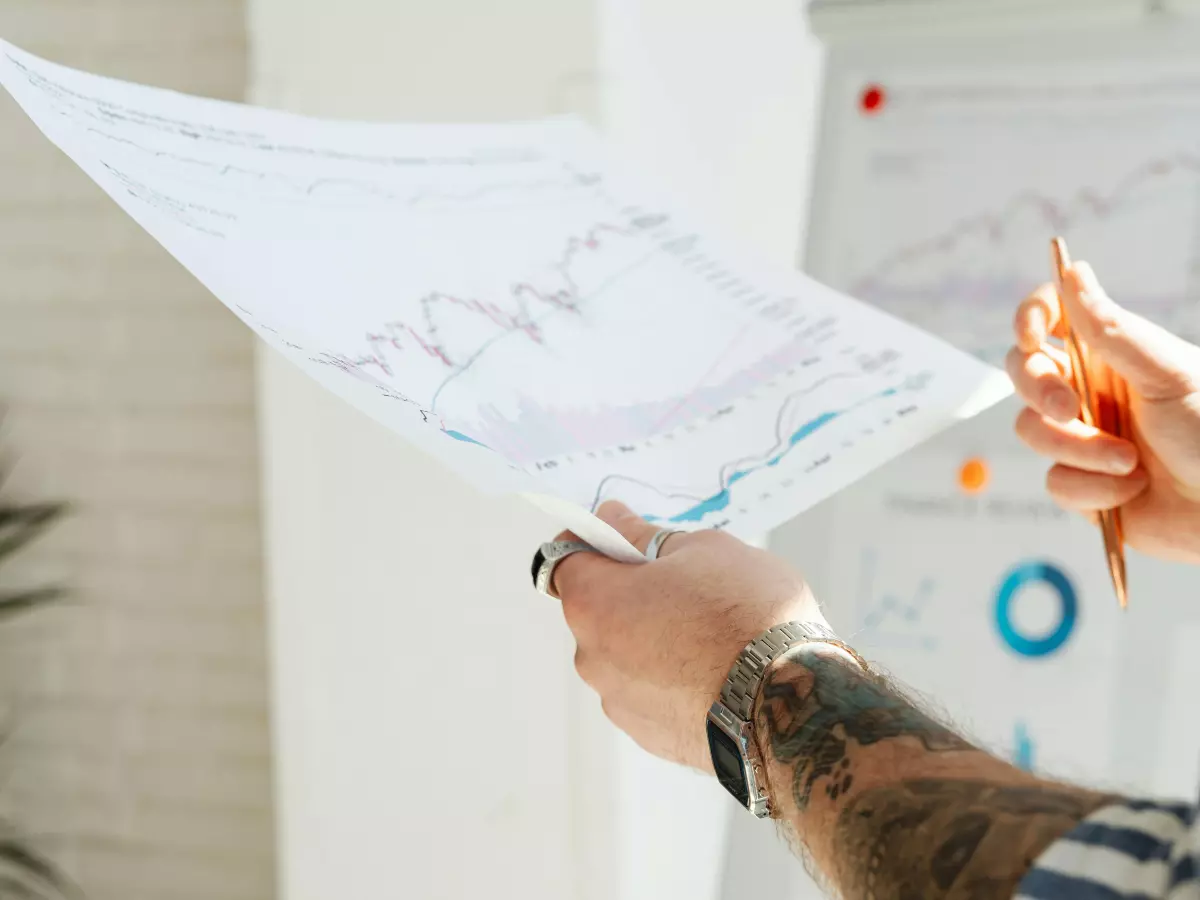AI's Silent Protector
Imagine trying to hide in a crowd, but every time you move, someone is watching your every step. Now, imagine AI as the ultimate disguise artist, making sure no one can track you. Sounds like a sci-fi movie, right? But this is the reality of AI-powered data anonymization.

By Laura Mendes
In a world where data is the new oil, privacy is the refinery. And just like oil, raw data needs to be processed before it can be safely used. This is where data anonymization comes in. It’s the process of stripping away personal identifiers from data so that individuals can’t be traced. But here’s the catch: traditional methods of anonymization are like using a paper shredder on a document—it works, but it’s not foolproof. Enter AI, the digital Houdini, capable of making data disappear in plain sight.
Why Traditional Anonymization Falls Short
Let’s face it, traditional anonymization techniques are like putting on a pair of sunglasses and hoping no one recognizes you. Sure, you’re less visible, but you’re not invisible. Techniques like masking, generalization, and suppression have been the go-to methods for years, but they’re not perfect. They often leave data vulnerable to re-identification attacks, where clever algorithms can piece together the puzzle and figure out who you are.
Think about it: even if your name, address, and social security number are removed from a dataset, other information like your age, zip code, and job title can still be used to identify you. In fact, studies have shown that 87% of the U.S. population can be uniquely identified using just three pieces of information: gender, birthdate, and postal code. Scary, right?
AI to the Rescue
This is where AI steps in like a superhero with a cape. AI-driven anonymization doesn’t just remove identifiers; it uses advanced techniques like differential privacy, k-anonymity, and synthetic data generation to ensure that even the most determined hacker can’t figure out who you are.
Differential privacy is like adding noise to the data. Imagine you’re at a party, and someone asks you a personal question. Instead of giving a straight answer, you mumble something vague. That’s what differential privacy does—it adds random noise to the data so that individual records are indistinguishable from the rest.
K-anonymity takes it a step further. It ensures that each individual in the dataset is indistinguishable from at least k-1 other individuals. It’s like wearing a mask at a masquerade ball—no one can tell who’s who because everyone looks the same.
And then there’s synthetic data generation. This is where AI really flexes its muscles. Instead of anonymizing real data, AI creates entirely new datasets that mimic the statistical properties of the original data without containing any real personal information. It’s like creating a digital twin of your data that’s just as useful but completely anonymous.
The Business Impact
Now, you might be wondering, “Why should I care about data anonymization?” Well, if you’re running a business that handles customer data, you should care a lot. Data breaches are expensive—both in terms of fines and lost customer trust. In fact, the average cost of a data breach in the U.S. is a whopping $9.44 million. Ouch.
By using AI-powered anonymization, businesses can reduce the risk of data breaches while still being able to analyze and use their data. It’s like having your cake and eating it too. You get the insights you need without compromising privacy.
Plus, with regulations like GDPR and CCPA cracking down on data privacy violations, anonymization isn’t just a nice-to-have—it’s a must-have. And AI is making it easier than ever to comply with these regulations without sacrificing the quality of your data.
The Future of Data Anonymization
AI is still in its early days when it comes to data anonymization, but the future looks promising. As AI algorithms become more sophisticated, we can expect even more advanced techniques that will make it virtually impossible to re-identify individuals in anonymized datasets.
But here’s the kicker: as AI gets better at anonymizing data, it’s also getting better at de-anonymizing it. Yep, you heard that right. The same technology that protects your privacy could also be used to invade it. It’s a double-edged sword, and it’s something we’ll need to keep an eye on as AI continues to evolve.
So, what’s the takeaway here? AI is revolutionizing data anonymization, making it more effective and efficient than ever before. But like any powerful tool, it needs to be used responsibly. The stakes are high, and the future of data privacy depends on it.
In a world where data is constantly being collected, shared, and analyzed, AI is the silent protector we didn’t know we needed. But we’d better make sure it stays on our side.





